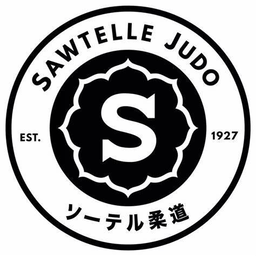Judo began in the late 1880’s in Japan. It is a modern adaptation of traditional jujitsu. Its founder, Dr. Jigoro Kano, stated that Judo is the elevation of an art to a principle.
In studying Judo, it is essential to train the body and to cultivate the mind through the practice of methods of attack and defense. There are four basic ways to win in Judo, by throwing the opponent on their back, pinning the opponent for 25 seconds, submission by chokes, and submission by locks to the elbow joint. Chokes and joint locks are prohibited for junior participants. Since 1964, Judo has been an Olympic sport. As with all Olympic sports, it takes many years of dedication and hard work to be competitive.
More than competition and hard work, Judo is a way of life. The philosophy in judo is “Maximum, Efficient use of Energy of Mind and Body and Mutual Welfare and Benefit.” The practitioners of Judo not only apply these principals to Judo but to everyday life.

The masters of Judo, from the top, then right to left.
Jigoro Kano, Yoshitsugu Yamashita, Hajime Isogai, Hideichi Nagaoka, Kunisaburō Iizuka ,Kaichirō Samura, & Kunisaburō Iizuka. The Kodokan promoted all of these gentlemen to 10th Dan, the highest recognized rank in Judo.
